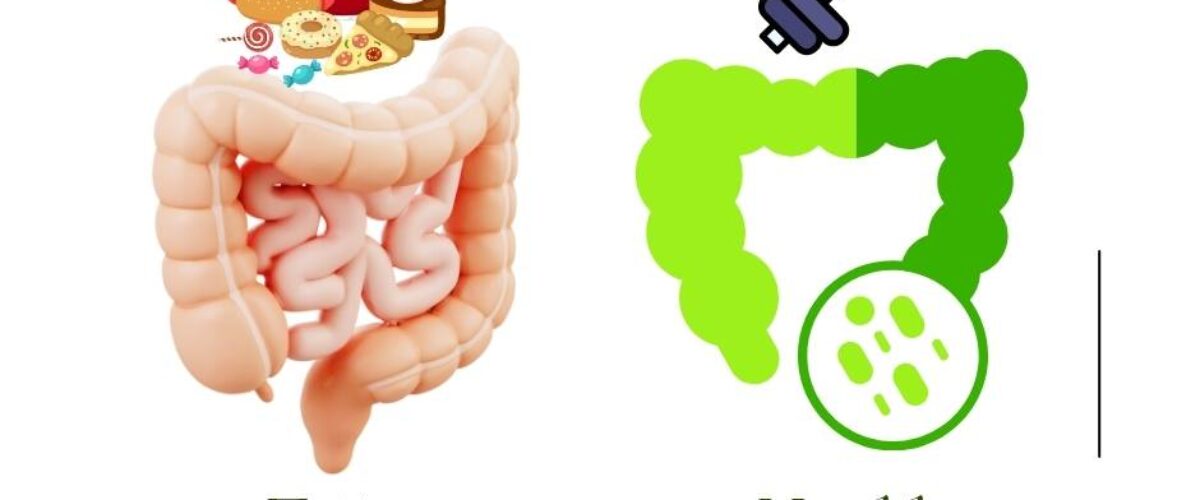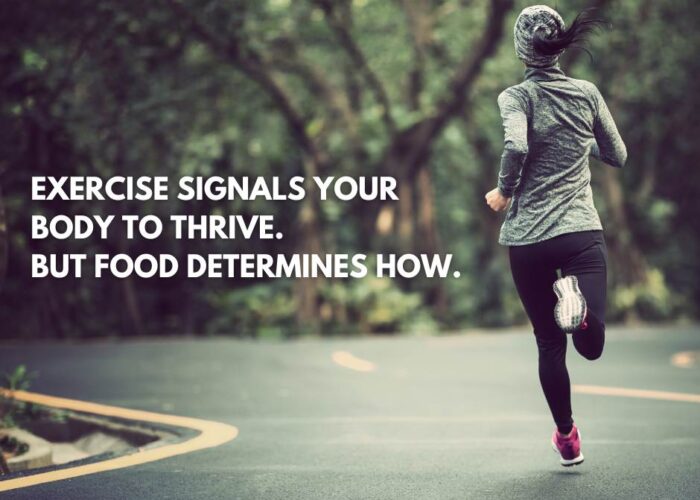The Movement Myth
📊 The Global Evidence: Movement Is Not the Missing Link
A landmark 2025 study published in Proceedings of the National Academy of Sciences (PNAS) — “Energy Expenditure and Obesity Across the Economic Spectrum” — measured total daily energy expenditure (TEE) in 44,213 adults from 34 populations across six continents.
Participants ranged from hunter-gatherers and pastoralists to urban professionals in developed countries. Using the gold-standard doubly labeled water method, scientists tracked exactly how much energy each body burned daily.
The results turned conventional wisdom upside down:
- People in developed countries burned more total energy per day than those in traditional societies, mainly because they’re larger.
- When adjusted for body size, activity-related energy expenditure was the same across all groups.
- Obesity increased tenfold with economic development, even though people burned about the same amount of energy.
- The only variable that consistently predicted obesity was diet—specifically, the rise of ultra-processed foods. The Movement myth is that exercising will compensate for the poor diet.
In short: less movement didn’t make us fat—industrial food did.

“Daily energy expenditures are greater in developed populations, and activity energy expenditures are not reduced in more industrialized populations, challenging the hypothesis that decreased physical activity contributes to rises in obesity with economic development.”
— PNAS, 2025







